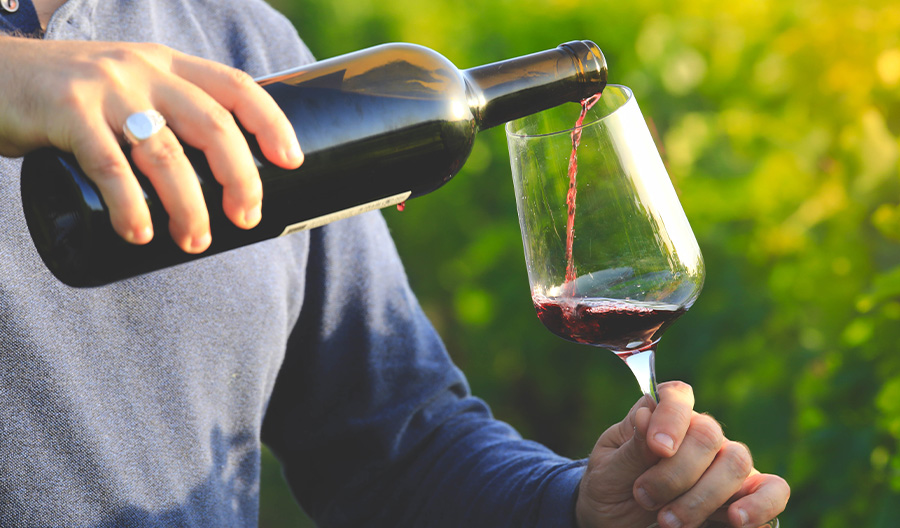Valpolicella may just be your next favorite wine—and best of all, there’s an expression for every style of wine drinker out there. Whether lighter-bodied, chillable reds (Gamay or Pinot Noir) are what you love, or you tend to go for fuller-bodied, powerhouse bottles (hello, New World Cabernet lovers), there’s a Valpolicella for everyone. This is what to know about the versatile Italian red wine, plus five bottles to try.
What Is Valpolicella?
Valpolicella is a red wine blend produced in the Veneto region of Italy. The blend is most often dominated by the Corvina grape variety, with the local varieties of Rondinella and Molinara playing backup roles; Rosignola, Sangiovese, Barbera, Bigolona, and Negrara are also permitted as well. Valpolicella wines span the flavor profile and style spectrum, ranging from light to full-bodied. Those with a “superiore” label attached to their name must be aged for one year in oak and have a minimum of 12% alcohol; most producers of Valpolicella will age even their entry-level bottlings in some form of wood.
Where Does Valpolicella Come From?
Valpolicella wines come from the province of Verona, located east of Lake Garda and in the overarching region of Veneto in northern Italy.

What Is Valpolicella Ripasso?
Valpolicella Ripasso is one of the most popular styles of Valpolicella wine. These textured and tasty bottles are made by taking Valpolicella Superiore wine and leaving them in contact with the leftover partially dried skins from Amarone or Recioto production. This additional skin contact adds weight, flavor, and body to these silky, fruit-driven wines.
Are Valpolicella and Amarone the Same Thing?
Kind of, but not really. Amarone, the full name of which is Amarone della Valpolicella, is made from late-harvested, dried red wine grapes, half of which must be Corvina Corvinone, rounded out with Rondinella and other local varieties. The process of grape drying causes the berries to shrivel and dehydrates them, which in turn concentrates the sugars. With more sugar and less water, the final wines have higher alcohol contents when vinified dry, generally around 15% to 16% ABV. Grapes for Amarone production are generally allowed to dry for three to four months; post-fermentation, the wines age for a few years in oak prior to release. The resulting wines are concentrated, full-bodied, and pack a serious punch.
On the contrary, Recioto wines are also produced from dried grapes but generally are not vinified dry. Therefore, these wines have higher levels of sugar and lower levels of alcohol, around 12% on average.
What Does Valpolicella Taste Like?
Due to the many styles and designations of Valpolicella, every expression will have its own unique flavor profile. However, generally speaking, classic expressions of Valpolicella show flavors of sour cherries, red berries, and cinnamon. Ripasso wines will show fuller-bodied, velvety textures, with possible added notes of baking spice, vanilla, and/or chocolate due to their time in oak. Regardless of style or designation, these wines are generally always best enjoyed slightly chilled.
What Are Good Food Pairings with Valpolicella?
Think of lighter-bodied expressions of Valpolicella (not Ripasso) like your favorite Pinot Noirs or Gamays, and pair them with poultry, charcuterie, or a variety of appetizers. Fuller-bodied Ripasso expressions will show exceptionally well alongside roasted meats, burgers, and hearty vegetarian stews. For Amarone, grab some aged Parmigiano cheese and get the post-dinner course started, or simply light up a cigar to sip with the wine.

